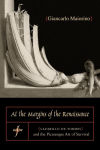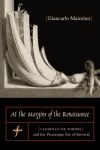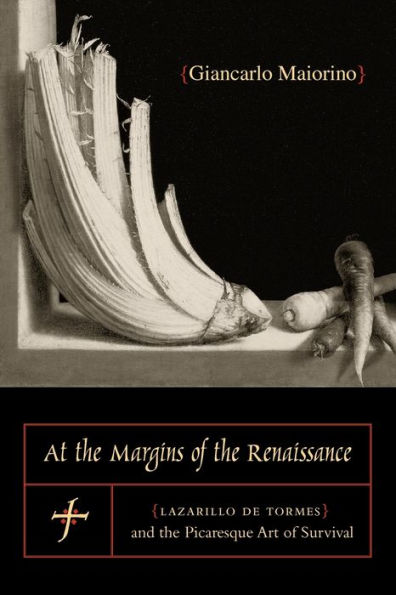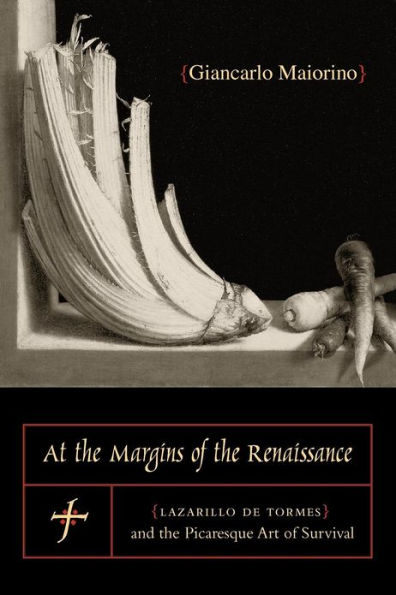Although literary historians generally connect the rise of the novel to the needs of the middle classes of England, Maiorino demonstrates that its deepest roots are in the culture of indigence that developed at the peripheries of Renaissance society and challenged—even parodied—its authoritarian ambitions. Seen in this light, Lazarillo de Tormes emerges as a key text in understanding the novel's purchase on visions of escape from authority into alternative modes of existence.
Maiorino grounds his far-reaching arguments in recent theories of textuality and the practices of everyday life. His book will be important reading for all those concerned with the Renaissance, Spanish history and culture, and, more generally, theories of the novel.
Although literary historians generally connect the rise of the novel to the needs of the middle classes of England, Maiorino demonstrates that its deepest roots are in the culture of indigence that developed at the peripheries of Renaissance society and challenged—even parodied—its authoritarian ambitions. Seen in this light, Lazarillo de Tormes emerges as a key text in understanding the novel's purchase on visions of escape from authority into alternative modes of existence.
Maiorino grounds his far-reaching arguments in recent theories of textuality and the practices of everyday life. His book will be important reading for all those concerned with the Renaissance, Spanish history and culture, and, more generally, theories of the novel.

At the Margins of the Renaissance: Lazarillo de Tormes and the Picaresque Art of Survival
200
At the Margins of the Renaissance: Lazarillo de Tormes and the Picaresque Art of Survival
200Paperback

Product Details
| ISBN-13: | 9780271058467 |
|---|---|
| Publisher: | Penn State University Press |
| Publication date: | 09/15/2012 |
| Series: | Studies in Romance Literatures |
| Pages: | 200 |
| Product dimensions: | 5.90(w) x 8.90(h) x 0.50(d) |



